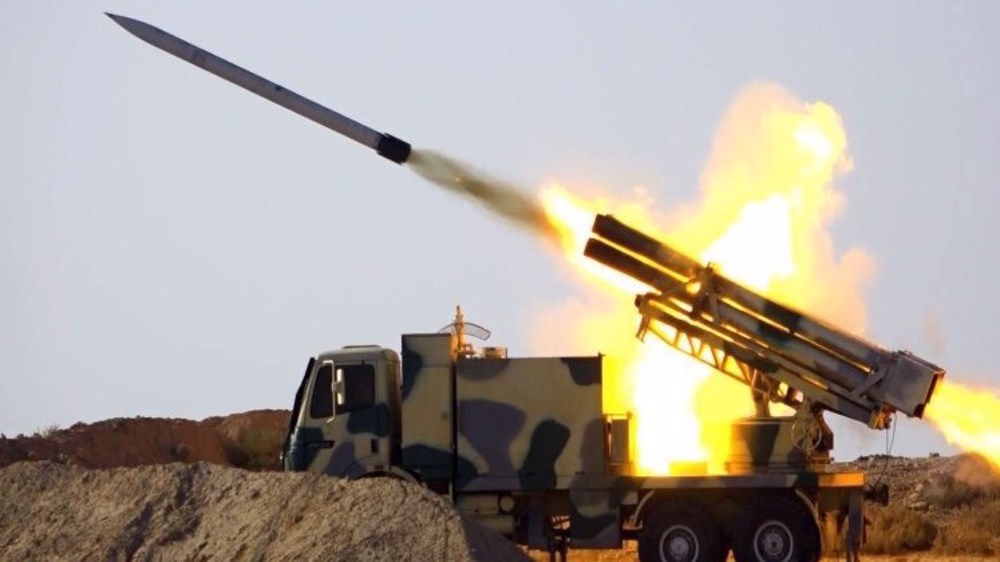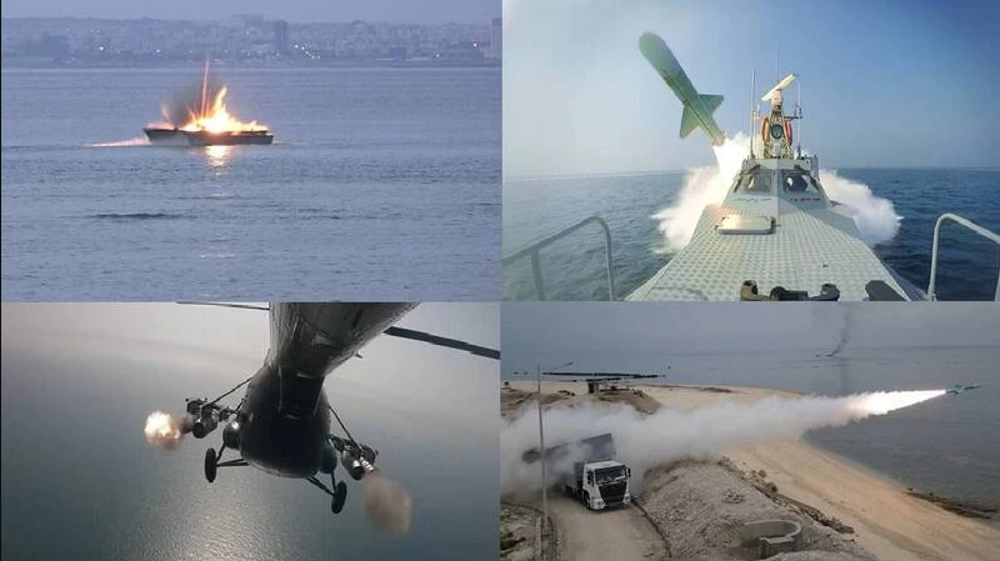Iran to unveil 3 indigenous remote-sensing, communications satellites
The Islamic Republic of Iran plans to unveil three domestically-developed remote-sensing and communications satellites, as the country has achieved remarkable progress in the space industry over the past few years.
The upgraded models of Pars-1 and Pars-2 remote-sensing satellites, as well as Navak communications satellite will be put on display on Sunday during a ceremony on the occasion of the National Space Technology Day.
The ceremony is slated to be held at the premises of the Iranian Ministry of Information and Communication Technology in the capital Tehran.
Iran’s President Masoud Pezeshkian, Defense Minister Brigadier General Aziz Nasirzadeh, Minister of Information and Communication Technology Sattar Hashemi, and Head of the Iranian Space Agency (ISA) Hossein Salariyeh will be in attendance.
The upgraded version of the Pars-1 satellite reportedly has made significant improvements in comparison with its predecessor.
Pars-2 remote-sensing satellite enjoys much higher imaging accuracy, with a visual spectrum of 8 meters in color and 4 meters in black and white modes respectively.
Moreover, the Navak communications satellite is meant to enhance telecommunications at high altitudes.
The satellite is manufactured to test communications in an elongated elliptical orbit and would be placed in such an orbit for the first time.
An exhibition of the achievements of Iranian researchers in the field of aerospace technologies is also expected to be held on the margins of the unveiling ceremony.
Earlier, Salariyeh said Iran is ramping up its space program with 25 satellites currently under construction, and plans for two satellite launches by the end of the Iranian calendar year, which ends on March 20.
He noted that eight homegrown satellites are fully built and ready for launch.
Despite sanctions imposed by Western countries in recent years, Iran has taken giant strides in the civilian space program.
The country is among the world’s top 10 nations capable of developing and launching satellites.
On September 27, 2024, Iran’s Islamic Revolution Guards Corps (IRGC) Aerospace Force successfully launched the homegrown imaging satellite Nour-3 into orbit.
Nour-3 (Light-3) was launched by satellite carrier Qased (Messenger) and placed into an orbit 450 kilometers (280 miles) above the Earth’s surface.
Earlier in the year, Iran successfully sent the homegrown Mahda research satellite, along with two research cargoes, to space onboard the domestically developed Simorgh (Phoenix) satellite launch vehicle (SLV).
Mahda weighs 32 kilograms and its primary task is to test the satellite-related subsystems, verify the function of Simorgh SLV in dispensing space cargoes, and evaluate the performance of new designs and the reliability of indigenous technologies in space.
Niger accuses French nuclear giant Orano of ‘mass crimes’
Iran, Russia sign agreement to boost AI, cyber security cooperation
Lebanon’s Parliament Speaker: Talks under fire ‘unacceptable’
Video shows US killing shipwreck survivors in Caribbean strike, lawmakers say
Nematzadeh, Zeinali strike gold for Iran at U21 World Taekwondo Championships
Hezbollah chief: Lebanon faces ‘dangerous, expansionist’ Israeli aggression
Israeli reservist ends his life after participation in Gaza genocide
Israel is the ‘troublemaker’ in region, Saudi Prince Turki says











 This makes it easy to access the Press TV website
This makes it easy to access the Press TV website